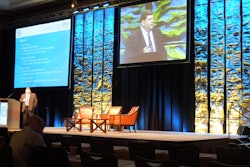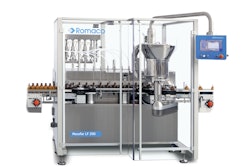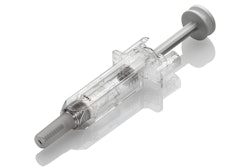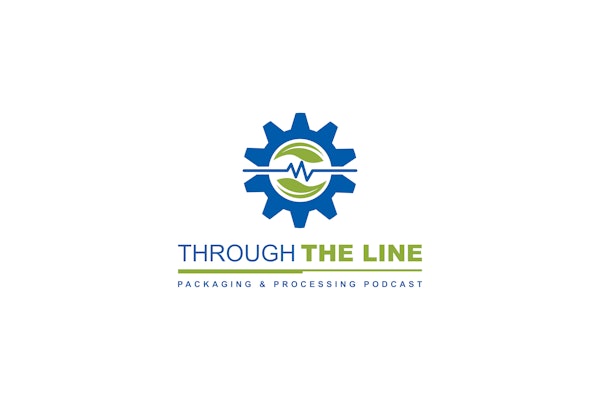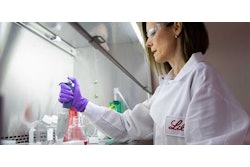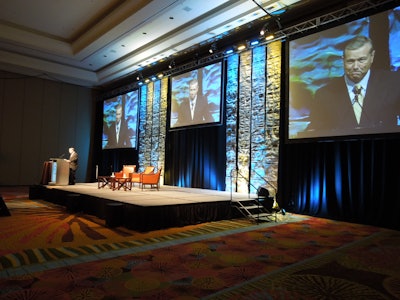
There may be no way to stop global counterfeiting, not even with serialization and multi-layered technologies, although such measures can help detect, deter, and disrupt criminal activity.
Consider these disturbing points made by Martin VanTrieste, senior vice president, Quality, Amgen, Inc., April 16 during the Parenteral Drug Assn.’s annual meeting in Orlando:
• Pirates and counterfeiters are a challenge for the biopharmaceutical industry and will be for the next decade.
• There may be more money to be made by criminals from counterfeit pharmaceuticals than from illicit drugs.
• American consumers don’t realize the significance of counterfeit drugs. Consumers continue to contribute to the situation by buying various counterfeit products and by purchasing pharmaceuticals over the Internet, where 97% of them are likely fakes.
• A patchwork of global laws causes chaos in the industry. Criminals exploit chaos.
• Criminal penalties for counterfeit pharmaceuticals carry an average sentence of only eight months. Agencies and police departments carry and/or use guns against criminals involved in illicit drugs; they don’t always do so against those counterfeiting pharmaceuticals.
“We need a worldwide counterfeiting treaty. We need the public and the media to have a longer attention span on this issue,” stated VanTrieste, saluting an article that day in the Wall Street Journal noting that criminals in Asia make more money on counterfeit pharmaceuticals than they do on illicit drugs.
He said the combination of smart criminals and a general complacency help to create an environment in which counterfeiters thrive. Cargo theft and thievery from manufacturing facilities require greater attention to detail, common sense, and more effort to thwart the problems.
During his presentation, VanTrieste pointed to several technologies that aim to counter counterfeiters, noting that a layered approach of overt, covert, and forensic technologies make for the best approach, but he warned that no single technology could do the job. He explained that in the aerospace industry, even serialization didn’t work completely, noting that counterfeiters would copy serialization numbers and use them for their illegal products. Then, when a legitimate manufacturer’s product would be checked, it could be considered to be the counterfeit.
VanTrieste said it is important for companies to know exactly where each of their raw materials comes from. “The more steps a product takes in the supply chain, the greater the risks,” he noted.
He pointed to the following resources for more information and insight into anti-counterfeiting efforts:
• The Pharmaceutical Security Institute
• Pharmaceutical Cargo Security Coalition
• Rx360, an International Pharmaceutical Supply Chain Consortium
• Katherine Eban’s book, “Dangerous Doses.”
• The National Geographic video, “Illicit.”
• Roger Bate’s book, "Pfake: The Deadly World of Falsified and Substandard Medicines"



